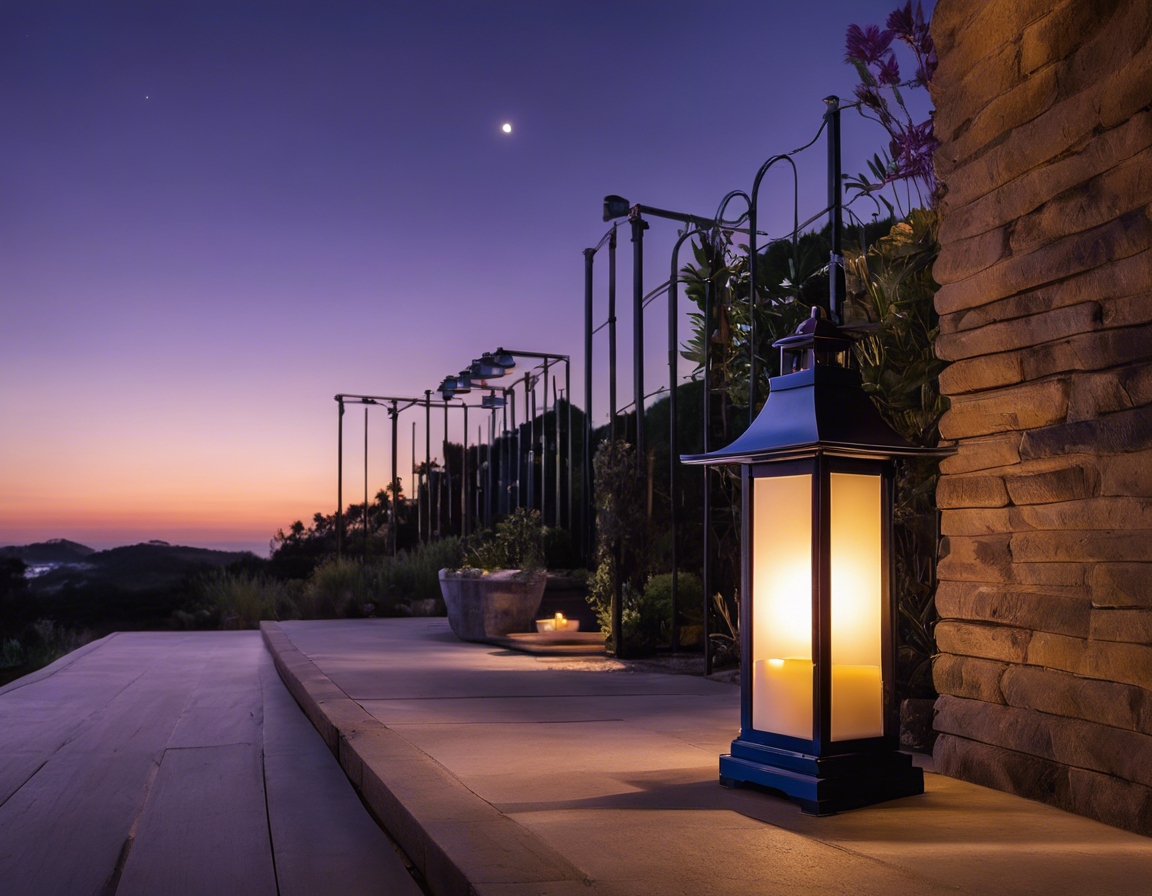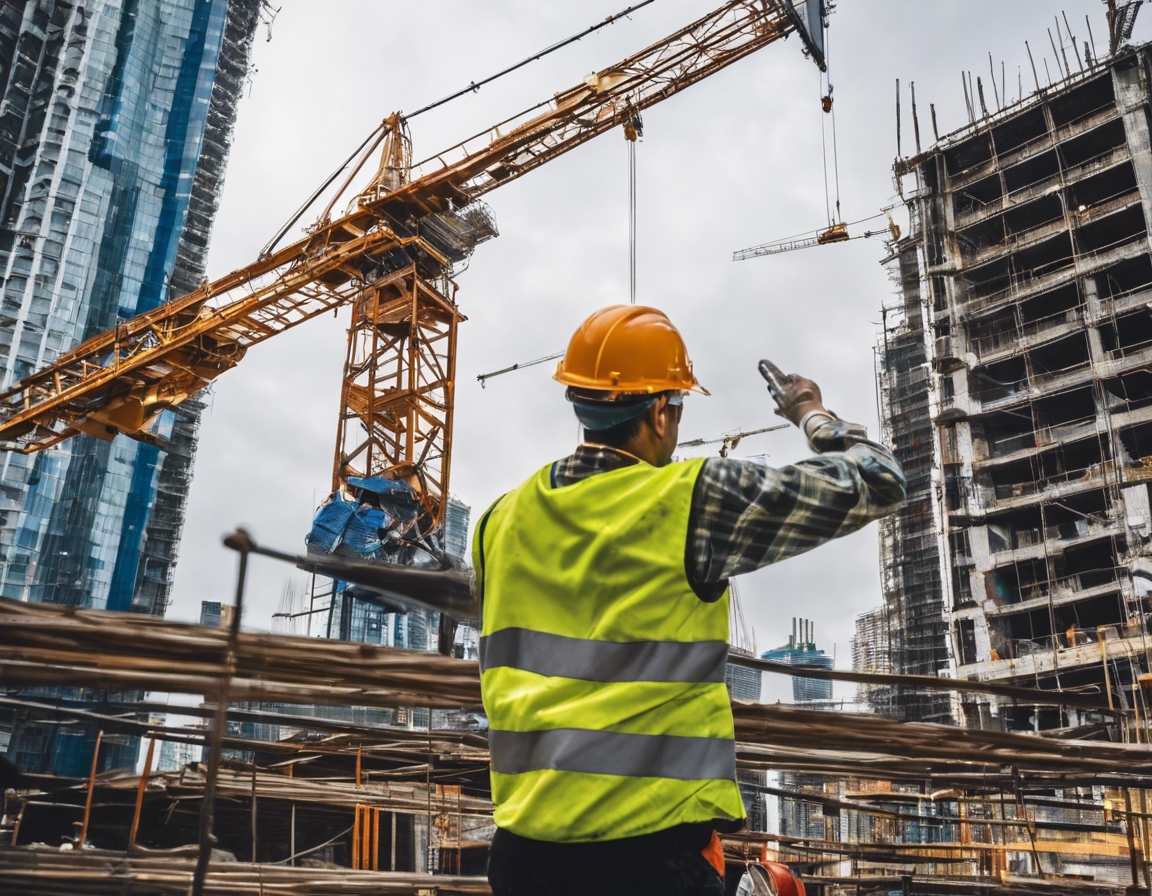The future of sustainable construction
Sustainable construction is no longer a niche market or a buzzword; it is a necessity. As the world grapples with climate change and resource depletion, the construction industry is under increasing pressure to adapt and innovate. Sustainable construction involves practices that are environmentally responsible and resource-efficient throughout a building's life cycle, from design to demolition.
Sustainable construction encompasses a wide range of practices, including the use of eco-friendly materials, energy efficiency, waste reduction, and the creation of healthy indoor environments. It aims to minimize the environmental impact of buildings while also considering economic and social factors.
The construction industry is a significant contributor to global carbon emissions and environmental degradation. By adopting sustainable construction practices, the industry can play a pivotal role in reducing its ecological footprint, while also meeting the growing demand for green buildings from consumers and regulatory bodies.
Emerging Trends in Sustainable Construction
One of the key areas of innovation in sustainable construction is the development of new building materials. These materials are designed to be durable, recyclable, and have a lower environmental impact than traditional options. Examples include bamboo, recycled plastic, and low-carbon concrete.
Green building certifications, such as LEED and BREEAM, are becoming increasingly important. They provide a framework for assessing the sustainability of buildings and encourage the adoption of green building practices.
Advancements in energy-efficient technologies, such as smart HVAC systems, LED lighting, and solar panels, are making it easier for buildings to reduce energy consumption and lower their carbon footprint.
Challenges and Solutions in Sustainable Construction
While the push for sustainability is strong, the construction industry faces regulatory hurdles that can slow progress. Navigating building codes and zoning laws that are not yet aligned with sustainable practices can be challenging.
Initially, sustainable construction can be more expensive than traditional methods. However, long-term savings in energy costs and the increasing availability of green building incentives are helping to offset these upfront costs.
There is a growing need for education and training in sustainable construction techniques. As the industry evolves, workers must be equipped with the knowledge and skills to implement these practices effectively.
Role of Local Municipalities and Communities
Local municipalities have a critical role in promoting sustainable construction through policy making and the provision of incentives. By implementing green building codes and offering tax breaks or subsidies for sustainable projects, they can encourage wider adoption of these practices.
Engaging with residential communities and educating them on the benefits of sustainable construction is essential for driving demand. Homeowners who understand the long-term value of green buildings are more likely to invest in sustainable solutions.
How IIVAKIVI AS is Paving the Way
At IIVAKIVI AS, we are committed to providing high-quality construction materials and services that meet the highest standards of sustainability. Our approach ensures that every project we undertake contributes positively to the environment and the community.
We offer a range of services and solutions designed to meet the unique needs of our clients. From supplying eco-friendly materials to providing expert consultancy on green building practices, IIVAKIVI AS is your partner in sustainable construction.





Comments (0)